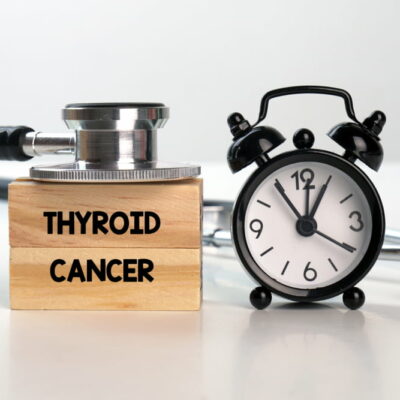
Top 7 Treatments for Leukemia
Leukemia is a blood cancer that develops in the blood-forming tissues, like the lymphatic system and the bone marrow. Some types of leukemia are more prevalent in children, while others are common in adults. The cancer primarily affects the white blood cells and makes them multiply abnormally. These unhealthy cells are incapable of protecting the body, which is their primary function, making one vulnerable to other diseases. This article explores various treatment methods for leukemia.
Treatment options
Treatment for leukemia depends on multiple factors. Your doctor will suggest a treatment plan depending on your overall health, leukemia type, age, and whether it has spread to other body parts, including the central nervous system. Below are some common leukemia treatments.
1. Chemotherapy
It is a common treatment for cancer that involves the use of chemicals to kill the leukemia cells. One might receive a single or a combination of medicines. These may be administered either in pill form or injected into the vein.
2. Targeted therapy
Targeted therapy focuses on specific abnormalities in the cancer cells and attempts to destroy them. The targeted treatments cause the cancer cells to die by curtailing these abnormalities. Before considering this treatment, one’s doctor will examine leukemia cells to assess if the targeted therapy is right for the case.
3. Radiation therapy
This treatment employs X-rays or energy beams to kill the leukemia cells and prevent them from growing. As part of this treatment, a machine directs the radiation beams to the precise spot with the malignant cells or distributes radiation across the whole body. A patient may be required to undergo radiation across the body before a bone marrow transplantation (BMT).
4. Bone Marrow Transplant
Also called hematopoietic stem cell transplant, BMT aids in removing the leukemic cells in the bone marrow and replacing them with healthy cells. These healthy cells either come from a donor (allogenic transplant) or one’s own body (autologous transplant). The replacement cells yield a healthy bone marrow. Usually, before undergoing BMT, one will receive high radiation or chemotherapy doses. It helps kill the unhealthy bone marrow. Next, the doctors infuse new cells into the body via a tube into the chest. Typically, it is pain-free, and one is awake through it. Post BMT, the patient will spend some weeks in the hospital for monitoring.
5. Immunotherapy
This treatment employs the body’s immune system to combat cancer. The body’s immune system does not attack the cancer, as the cancer cells yield protein that helps them hide from the immune system cells. However, immunotherapy intervenes with the process and kills the malignant cells.
6. Chimeric antigen receptor (CAR) T-cell therapy
It is a specialized treatment measure that harnesses the body’s immune T cells, modifying them to target cancer and administering them back into the body. This method may be recommended for specific types of leukemia.
7. Clinical trials
Beyond the above-listed treatment measures, several clinical trials are also underway to test new cancer treatments and devise new ways of employing existing therapies. While these experimental trials allow an adult or child to experience the latest cancer treatment, the risks and benefits of it are uncertain. So, before opting for this treatment measure, it is recommended to sit with one’s doctor and discuss the pros and cons.


